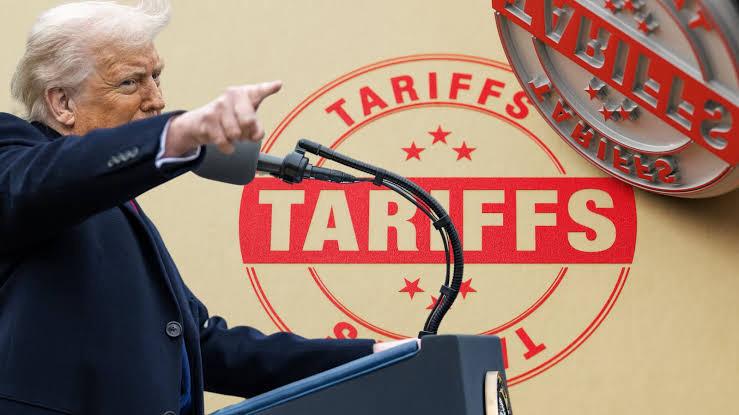U.S. President Donald Trump has announced a 30% tariff on all South African goods entering the United States, effective August 1.
This move follows Trump’s earlier declaration in April that his administration would introduce so-called “reciprocal tariffs” on nations with significant trade imbalances with the U.S. In the case of South Africa, Trump claimed that the trade deficit justified a tariff of over 60%, but a “discounted” rate of 30% would be applied instead.
In a letter addressed to South African President Cyril Ramaphosa, Trump accused South Africa of maintaining unfair trade barriers and contributing to an unsustainable trade imbalance.
According to the Trump administration, the U.S. imported $14.8 billion worth of goods from South Africa, while exports to South Africa amounted to only $5.8 billion—resulting in a trade imbalance of -60.6%.

South Africa’s Department of Trade, Industry and Competition had earlier requested an extension of negotiations to revise its proposed trade deal with the U.S., but this new tariff may stall further talks.
Key South African exports to the U.S.—including citrus, wine, minerals, and other agricultural products—now face uncertainty under the new tariff regime. Analysts warn the country could lose billions in trade revenue, especially as the African Growth and Opportunity Act (AGOA) also comes under threat.
There are growing fears that the U.S. may exit AGOA as early as September, which could deliver a significant blow to South Africa’s export sector.
Despite the tariff hike, Trump extended an invitation to South African companies, encouraging them to relocate operations to the U.S. and continue trade “on U.S. terms.”
Critics argue that the move is a strategic attempt by Washington to pressure BRICS nations, amid ongoing efforts by the bloc to create a rival global currency.


 Trending
Trending 